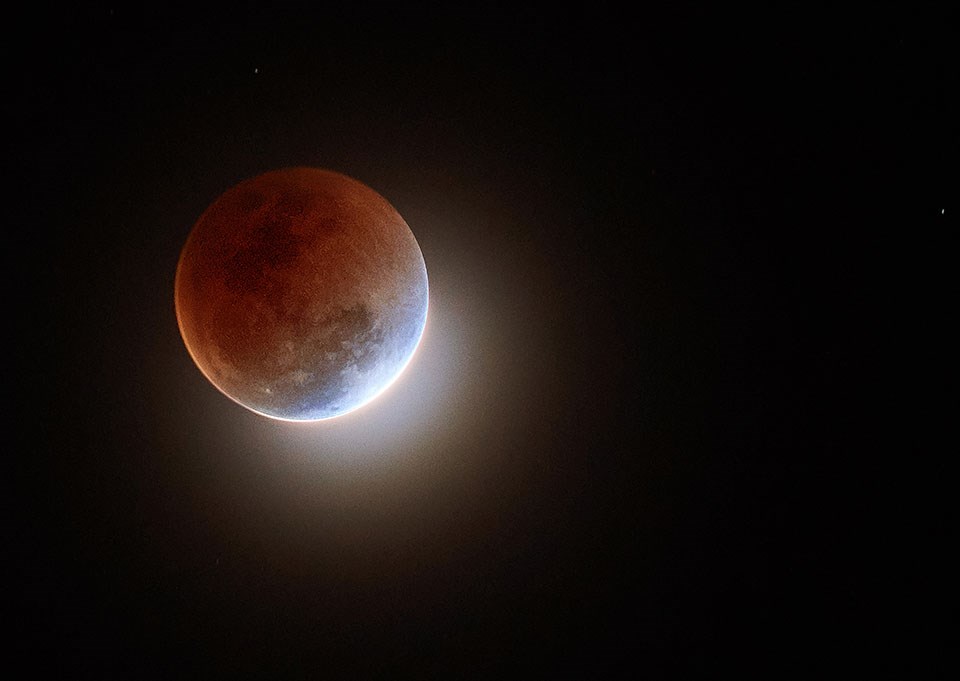Get ready to look up in the sky Sunday night.
There will be a lunar eclipse. But it won't be some ordinary eclipse, it will be a "blood flower moon lunar eclipse."
"The moon orbits around the Earth, and the Earth orbits around the sun," said Orbax Thomas, a lecturer in the University of Guelph's department of physics in the college of engineering and physical sciences.
"We've got these three celestial bodies that play this intricate dance, where they're all sitting around each other, and every once in a while – in this case, twice a year – it works out that the moon is directly opposite the Earth, while the Earth is directly opposite the sun."
He said when there's a full moon, it's the sun's light reflecting off the moon's surface.
But with an eclipse, there is no such light and the shadow of the Earth casts on the moon.
Now unlike a solar eclipse, you won't need a special telescope to view it.
However, Thomas is encouraging people to use binoculars or a small telescope, and head to the outskirts of town so light pollution doesn't play a factor.
You'll be able to see the eclipse between Sunday night at about 10:30 p.m. and Monday morning at around 2 a.m.
The total eclipse is likely to be between 11:30 p.m. Sunday and 12:50 a.m. Monday.
Depending on the forecast, cloud cover can play a factor. And if it does, Thomas said NASA live streams eclipses on their social media channels from different spots around North America.
